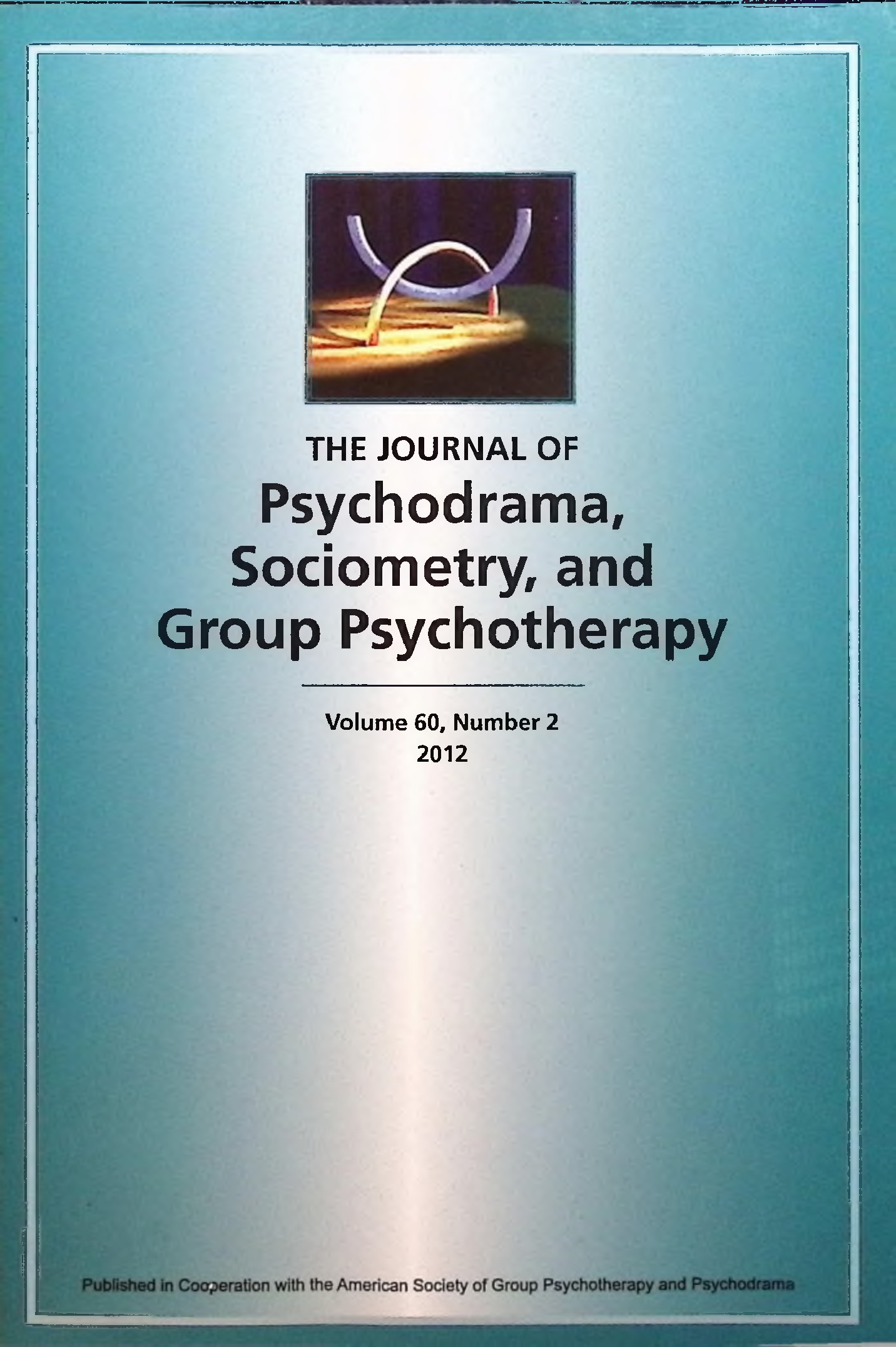Non-clinical Psychodrama: Lawyers and the Psychodramatic Method
Keywords:
non-clinical psychodrama, psychodrama, role training, re-enactment interviewing, lawyersAbstract
This article describes what happened when non-clinical psychodrama was introduced into Gerry Spence's Trial Lawyers College, a post-graduate training program for trial lawyers. Psychodrama was first utilized to give the students of this program an introduction to personal growth and development. Role training as the method of teaching trial skills came next. A number of innovative applications of psychodramatic method and techniques to both training and practice evolved as the College's instructors became more familiar with the psychodramatic method. The author describes these innovations and presents the events that occurred as an argument for greater use of psychodrama beyond psychotherapy and the mental health field.
References
American Board of Examiners in Psychodrama, Sociometry and Group Psychodrama. (2006). Directory and certification standards. Washington, DC. Buchanan, D. (1981). Forty-one years of psychodrama at St. Elizabeth’s Hospital.
Journal of Group Psychotherapy, Psychodrama & Sociometry, 34,134—147. Cole, D. (1998). Unpublished Interview of John Ackerman.
Drew, N. (1993). Reenactment interviewing. Image:journal of nursing scholarship, 25,345-351.
Enneis, J. (1950). A note on the organization of the St. Elizabeth’s Hospital psychodrama program. Group Psychotherapy, 3,253—255.
Enneis, James. M. (1952). Establishing a psychodrama program. Group Psychotherapy, 5,111—119.
Karton, J. (1994). Communication techniques for successfill pre-trial and courtroom
advocacy. Santa Monica: Communication Arts for the Professional.
Leach, J., Nolte, J., 8c Larimer, K. (1999). Psychodrama and trial lawyering, Trial, April, 40—48.
Leach, James. (2003). Training trial lawyers. In: J. Gershoni, (Ed.). Psychodrama in the 21st century: Clinical and educational applications. New York: Springer.
Moreno, J. (1947a). The theatre of spontaneity. New York: Beacon House. Moreno, J. (1947b). The spontaneity theory of learning. Sociatry, 2, 191—196.
Nolte, J. (2002). Role training and TLC, The Warrior.
Nolte, J. (2006). A brief history of psychodrama at TLC. The Warrior, Fall, 10-15. Overholser, W., 8c Enneis, J. (1959). Twenty years of psychodrama at St Elizabeth’s Hospital. Group Psychotherapy, 12,283-292.
Sacks, H. (1959). The use of psychodrama and role-playing in improving the interpersonal skills of attorneys. Group Psychotherapy, XII, p 240-249.
Singer, A. (1998). Connecting with severely injured clients. Trial, June, 48-53.
Siroka, R., Siroka, E., 8c Schloss, G. (1971). Sensitivity training & group encounter, an introduction. New York: Grosset 8c Dunlap.
Downloads
Published
Issue
Section
License
Copyright (c) 2025 Journal of Psychodrama, Sociometry, and Group Psychotherapy

This work is licensed under a Creative Commons Attribution 4.0 International License.
